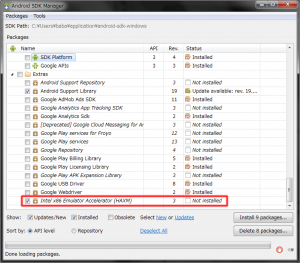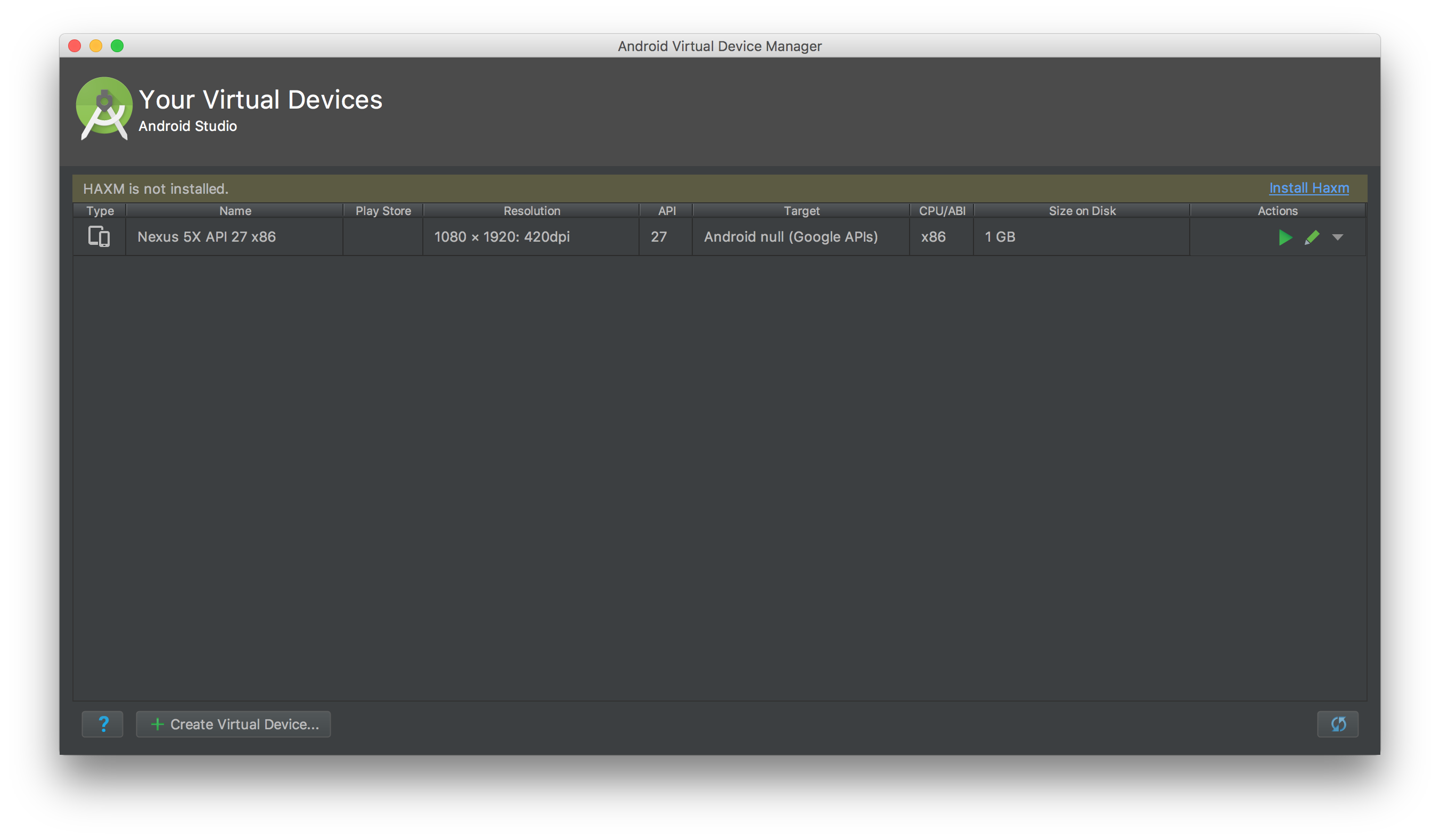
To enable IDE support for the Android emulator, such as debugging, you must install an updated preview of the Visual Studio Tools for Xamarin. Install the Visual Studio Tools for Xamarin preview For these features to take effect, you will need to restart your machine.Ģ. Open Turn Windows features on or off and select Hyper-V and the Windows Hypervisor Platform checkboxes. Enable Hyper-V and the Windows Hypervisor Platform Support for using the Windows Hypervisor as an accelerator for the Android emulator is currently in preview and requires the Windows 10 April 2018 Update. If you are using Hyper-V, this stack replaces Intel HAXM as the hypervisor for the Android emulator. The Windows Hypervisor Platform was introduced in the Windows 10 April 2018 Update and enables third-party virtualization stacks to utilize the Windows Hypervisor for hardware acceleration. This means that any Android developer on Windows, who also uses Hyper-V, can use a fast Android emulator that will always support the latest Android APIs, works with Google Play Services out of the box, and works with all features in the Android emulator, including camera, geolocation, and Quick Boot. Today’s preview means you can use Google’s Android emulator side-by-side with other Hyper-V based technologies, including Hyper-V VMs, Docker tooling, the HoloLens emulator, and more. Amazing work was done by the Windows Hyper-V team, with help from the Xamarin team, to make to this happen. This enables developers with Hyper-V enabled on their machines to use a hardware accelerated Android emulator, without needing to switch to Intel’s HAXM hypervisor. Add the following text to the Application.Today, at Build 2018, we announced a preview of the Google Android emulator that’s compatible with Hyper-V, available on the Windows 10 April 2018 Update.Please create an Application.mk file inside the jni directory: To configure your project to use the x86 platform

HAXM will only accelerate virtual Android devices that are based on the x86 platform.It is recommended to stop it when you don’t need it and start it again once you start your Android emulator. Once HAXM is installed, you can start/stop its service using Windows Service Manager or using the VisualGDB Android settings window: Note that the HAXM service reserves certain amount of RAM while running.

If you are using VisualGDB, this can be done using a shortcut in the Android Settings dialog (Android->Setup SDK/NDK locations): Follow this tutorial to do this within Visual Studio.

This tutorial shows how to significantly improve the performance of your virtual Android device by using hardware virtualization on an Intel CPU provided by the Intel Hardware Execution Manager (HAXM).


 0 kommentar(er)
0 kommentar(er)
